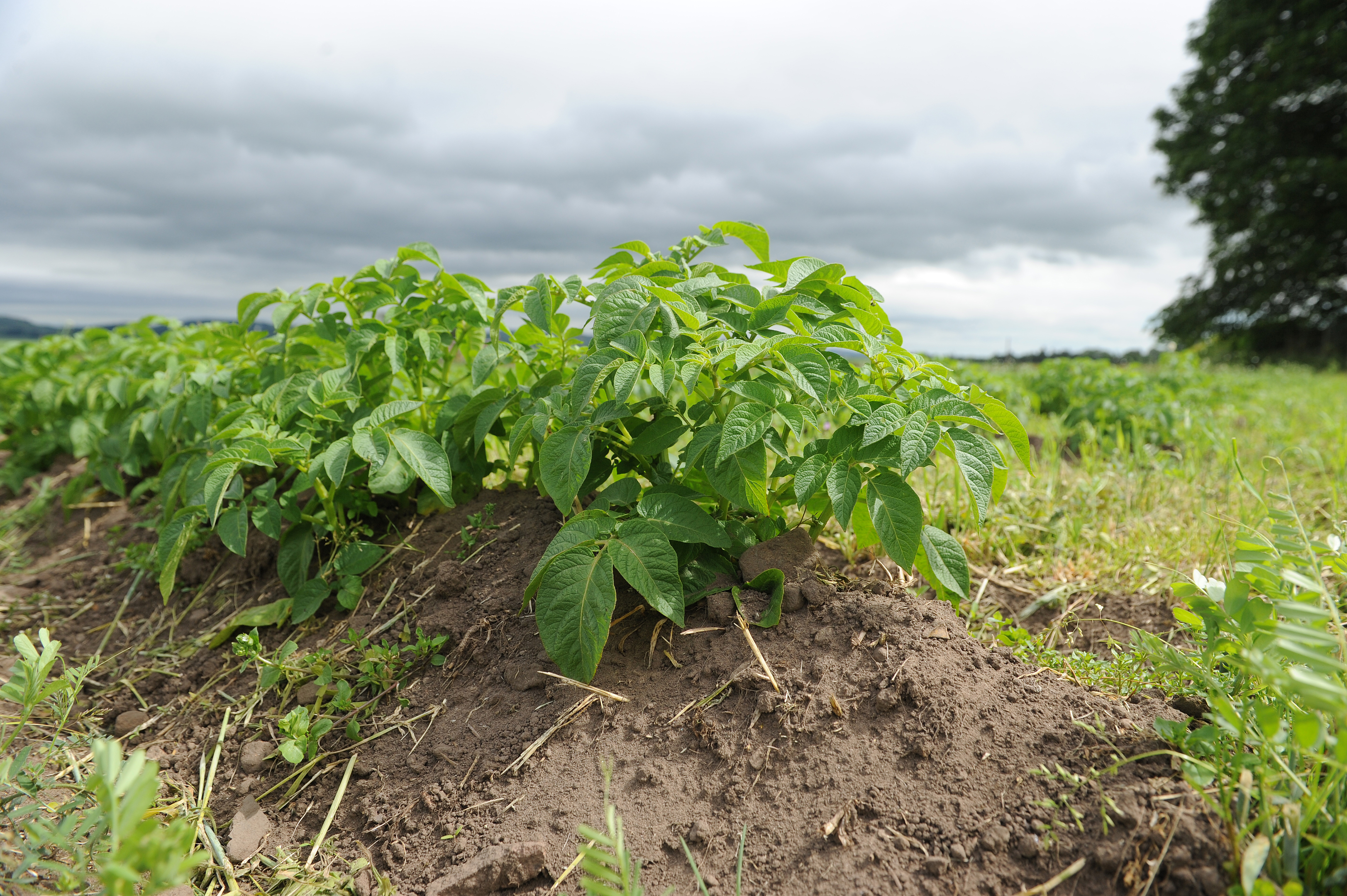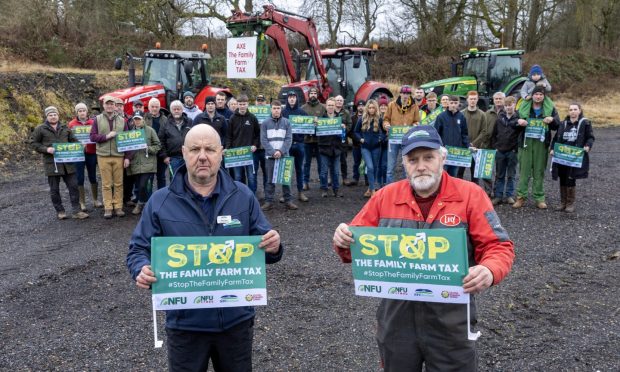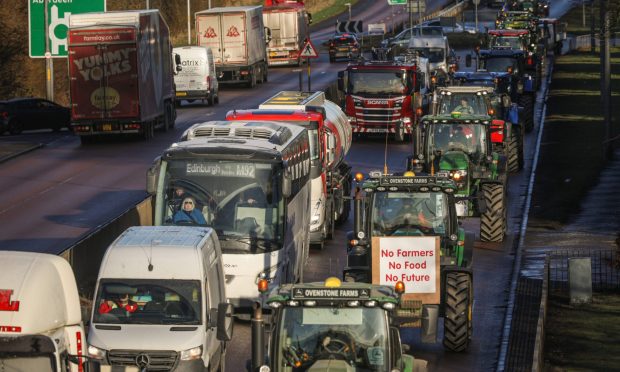Mixed messages on the health of organic agriculture have emerged with the publication of statistics which show that arable farmers have been ditching organic potatoes, cereals and vegetables while pig, poultry and cattle producers are increasing their commitment to the sector.
Information published by Scotland’s chief statistician showed that in 2015 there was a fall of 7% in the area of agricultural land used for organic farming to 126,000ha, or just 2.3% of Scotland’s farmland. This was the seventh consecutive reduction in organic land.
Within hours of the information being released, Rural Economy Secretary, Fergus Ewing announced a £50,000 development boost to help deliver ‘Organic Ambitions’, the industry’s action plan for 2016-20. The fund will focus initially on developing innovative approaches to strengthening the Scottish organic supply chain.
Mr Ewing said he hoped the funding would help to improve on the statistics.
“Organic spend in Scotland increased by 2.6% between February 2015 and January 2016, and around £52.6 million was spent on organic food and drink products in Scotland in the year up to 31 January 2016,” he said.
“There is clearly evidence of strong demand and potential to boost the rural economy, whilst at the same time enhancing Scotland’s already stellar reputation for quality food and drink.”
Scottish Organic Forum chairman, David Michie welcomed the funding and said it was essential to connect every link in the organic chain and to make sure farmers, growers, producers and processors were able to create the right amount and range of top-quality organic produce.
He added: “After several years of contraction the organic sector needs some support to rebuild in a strong and resilient way. With this new development fund and continued effort and commitment from everyone involved, we have a real opportunity to build a strong future for organic in Scotland – bringing farmers and businesses more profits and individuals and families top quality Scottish produce.”
Meanwhile Scottish Organic Producers Organisation (Sopa), which certifies organic businesses, claimed there had been a turn round in interest in the sector in the last 12 months. Sopa policy manager, Debs Roberts said there had been 5% growth in the number of applications for organic conversion.
“That is satisfying because demand from consumers and retailers is growing by around 4.9%,” she said. “That tells us the growth is sustainable.”
The official statistics showed a fall organic grassland and rough grazing (down 7%), cereals (down 9%), potatoes and veg (down 13%) with other land remaining steady. Pasture makes up 93% of organic land.
There were increases in the number of organic cattle (up 10%), pigs (more than trebling), and poultry (up 30%), but there was a 26% fall in the number of sheep. There was also a decrease in the number of licensed producers and processors, down from 576 in 2014 to 539 in 2015.
There was also a fall in the area of organic farmland in the UK as a whole, while in Europe organic production is increasing.










